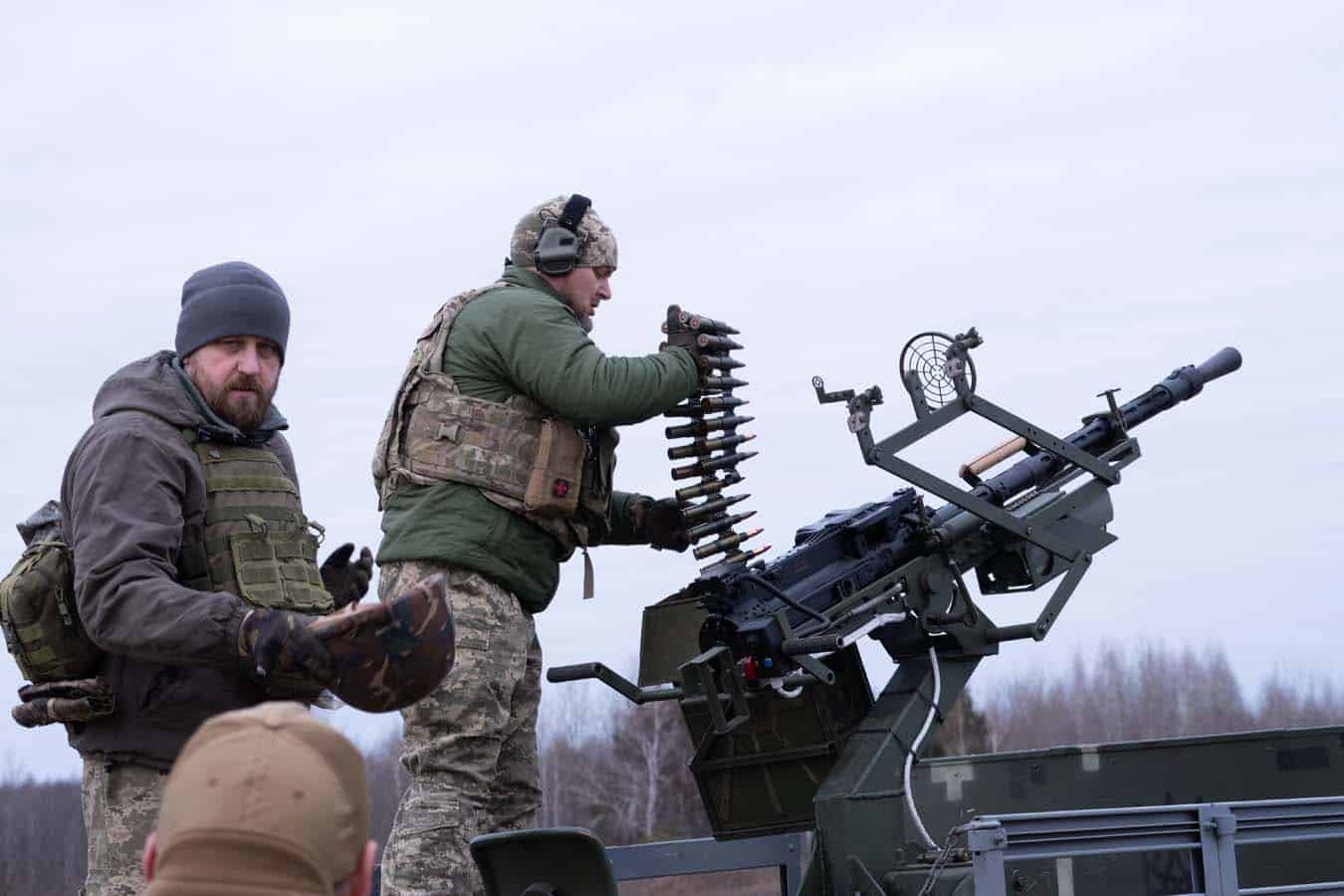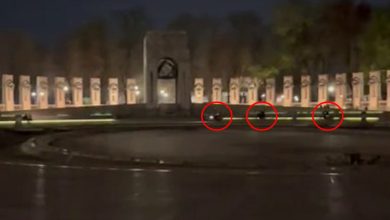In the summer of 2025, policy changes enacted by the Trump administration slowed the flood of migrants across the U.S./Mexico border to a steady stream.
The cartels, in order to protect their income, stepped up their efforts to corrupt local law enforcement in the border region, and where they couldn’t bribe, they intimidated, beefing up their armed security teams. It wasn’t long before one of the more hotheaded outfits got into a running firefight with U.S. cops, leaving multiple dead and wounded on both sides, and the media had a field day, portraying the new administration as being soft on the problem, and reneging on their campaign promises to protect U.S. citizens.
Stung by the accusations, the admin unleashed Ground Branch and CAG personnel, who had been training for just such a scenario. They embarked on a series of kill or capture operations with the tacit consent of the Mexican authorities, who were all too happy to have someone else to blame if it all went south. This resulted in the decapitation of the CJNG cartel, whose leadership wound up in either a U.S. jail, or a Mexican grave site.
Faced with a common enemy, the other cartels shelved their differences and pooled resources. They approached representatives of Iran’s IRGC who — stung by the decimation of their proxies in Gaza, Lebanon, and Syria — were only too glad to listen.
The cartels were mindful of what happened in Yemen in 2022 when the Houthis, in response to Saudi Arabia’s proxy war, unleashed a wave of unmanned aerial vehicles against oil and gas infrastructure. The Saudis quietly went to the negotiating table, and support for the Houthi’s opponents magically dried up.
In a secret deal, the cartels purchased 800 Shahed 136 one-way attack UAVs, and a support package that included training and targeting assistance. The total cost was less than $110 million USD, chump change for an organization with a 10-figure top line. By late fall, the package was ready.
At 0200 hours on Saturday, November 8, 500 Shaheds streamed across the border from their launch sites in northern Mexico, each carrying a 90-kilogram, dual-purpose warhead. It took less than 30 minutes to get them airborne, but the consequences would last for decades.
At 0337 hours, a woman out walking her dog in San Diego heard what sounded like a half-dozen mopeds flying overhead at about 2,000 feet.
Thinking it was probably some of the powered parasailers she saw earlier in the week, she didn’t think to call the cops, but did post to her Nextdoor account when she got home. Over the course of the next hour, drones impacted every 500kV transformer within 600 miles of the border, as well as natural gas pumping stations, utility control rooms, and refinery cat cracking towers. The area around Houston was particularly badly hit.
At around the same time in Litchfield Park, Arizona, a man rolled up the door to the storage unit he’d rented the month prior. Although big enough to store a household’s worth of furniture, it had remained empty until just a few hours before. Now, however, six guys sat on folding chairs, oblivious to their neighbor due to the headsets that enveloped their faces.
At their feet, six first-person view (FPV) drones, each carrying 2 pounds of C4, whirred into life, before streaming one by one out of the door, headed for Luke Air Force Base, a mile and a half away. Locating their targets parked on the flight line, each one slammed into an 83-million-dollar F35.
While the preceding paragraphs might seem like the pitch for a Tom Clancy novel, the reality is, it’s closer to the truth than Washington wants to admit, and it’s very apparent that the U.S. currently has little in the way of defenses against such a scenario, which plays out daily in Eastern Europe.
We’re currently witnessing the real-time evolution of warfare at a breakneck pace. Things play out so quickly that what may be commonplace today, will be completely outdated and irrelevant next month. That said, certain truisms have survived the past three years of conflict in Ukraine, though we are not convinced any of them have made it into the mainstream of military thinking in the West.
It’s a big ship to turn, and we fear that lessons won’t be fully learned until we pay for them in blood. Which is a pity, because others have already shed theirs to learn the same lessons; all we need to do is to read the book they’ve written.
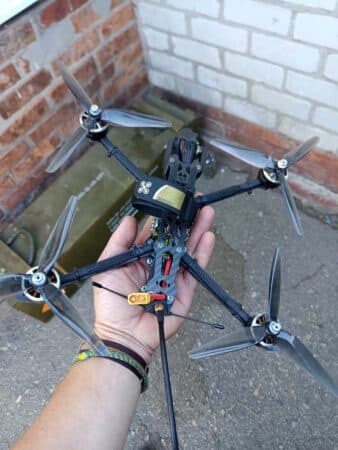
One: Infantry ORBATs and TTPs need to change when faced with adversaries equipped with drones — which, from this point forward, will be everyone.
In the past couple of years, we’ve witnessed the more dynamic and less Soviet-inspired units of the Ukrainian armed forces restructure their units to account for changes wrought by small UAS (unmanned aircraft system). The more rigid, big army types are still struggling.
In those that have adapted, there are fewer riflemen in the average company, but more support weapons guys. And, as you’d expect, dedicated drone teams. At the company level, we’ve seen anywhere from 6 to 20 drone operators, and most company commanders wish they had more. These drone teams have created their own ecosystems of support equipment and are responsible for lugging around not just the drones themselves, but batteries, chargers, generators, antennae and repeaters.

Drone detectors have seen their own steady evolution and can be used to identify threats in the vicinity of the wearer.
Almost every infantry task you can think of has been impacted by the presence of UAS, also. NATO doctrine says that even in the defense, you maintain an offensive posture by patrolling. Reality says that patrols get detected and smashed by drones, so, in the end, it’s safer and cheaper to send a drone of your own to do the patrol instead.
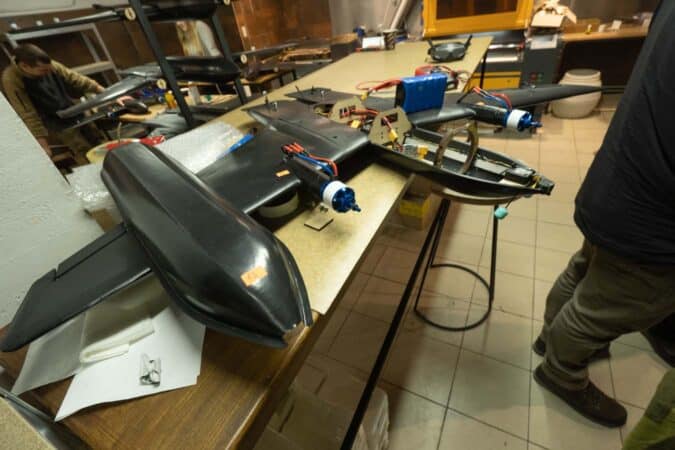
Fire missions? Directed by drones. Casevac? More often, performed by ground drones, as tying up another four guys to carry a stretcher is a juicy target for, you guessed it, drones. CQB? Send in the drones. Even the most basic of tasks, such as standing sentry has been supplanted by drone, as they’re more effective and expose fewer troops to frag.
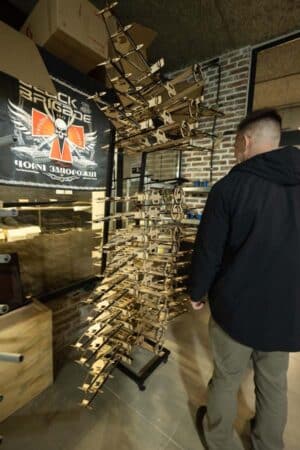
Two: It’s almost impossible to mass combat power for large, all-arms operations.
A battle group attack is an awe-inspiring experience and, we have to imagine, close to Dante’s 7th circle of hell if you’re on the receiving end. Following preparation of the battlespace by indirect fire assets and close air support, main battle tanks surge forward, using their 120mm cannons to kill anything with a thermal signature and forming a ring of steel on the far side of the objective.
Armored infantry follow directly behind them, using the organic fire support on their fighting vehicles to suppress and kill defending infantry in their positions, while their dismounts get busy with grenades and bayonets. After wrecking everything on the objective, it’s back to the vehicles for tea and medals. While that model has worked exceptionally well for at least two adventures in sandy climes, the way it would probably play out today would be as follows.
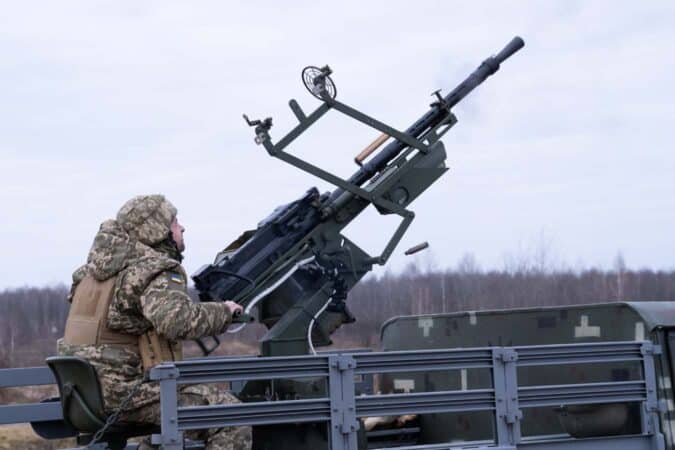
Following preparation of the battle-space by indirect fire assets and close air support, main battle tanks surge forward and are almost immediately smashed by acne-faced teenagers, dug in a meter below the surface and immune to all but 500-pound bombs. Their FPV drones attack from the top, where armor is thinnest, and target the engine decks to first immobilize the tank, then pick it apart with follow-on drones.
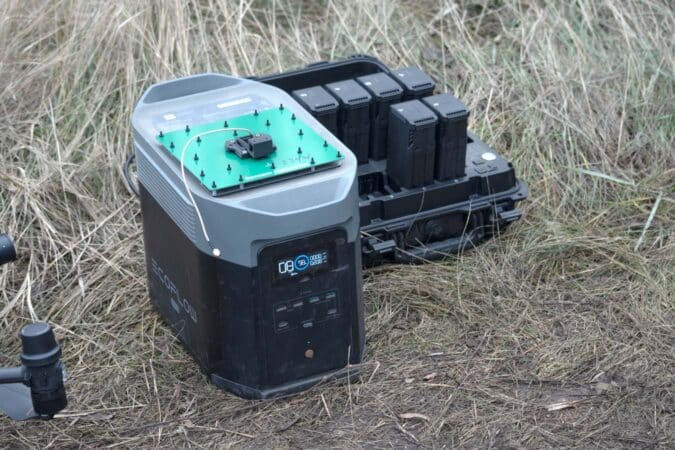
Attacking infantry, waiting a couple of kilometers back in a forming up position, out of the line of sight from the enemy and supposedly hidden, has been spotted by thermal ISR drones. A fire mission using cluster munitions dispersed from 230mm MLRS rockets wreaks havoc. Again, based on almost three years’ worth of on-the-ground experience, this is far from conjecture.
We’re now faced with the task of protecting enormously expensive legacy assets such as tanks from the new threat, or else treating them like the horses they replaced.
Three: Expending horrendously expensive anti-aircraft missiles on cheap drones is lunacy. But right now, we don’t have much of an alternative.
Short range air defense, or SHORAD, had been mostly overlooked, with the Army giving up most of its assets in the early 2000s, before everyone started running around with their hair on fire as the new threat emerged.
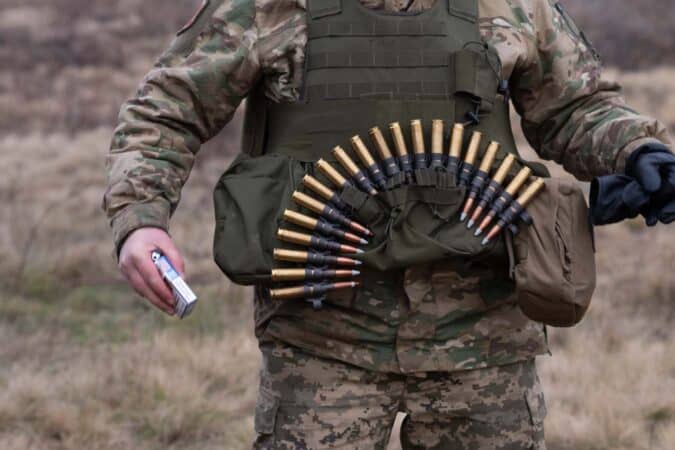
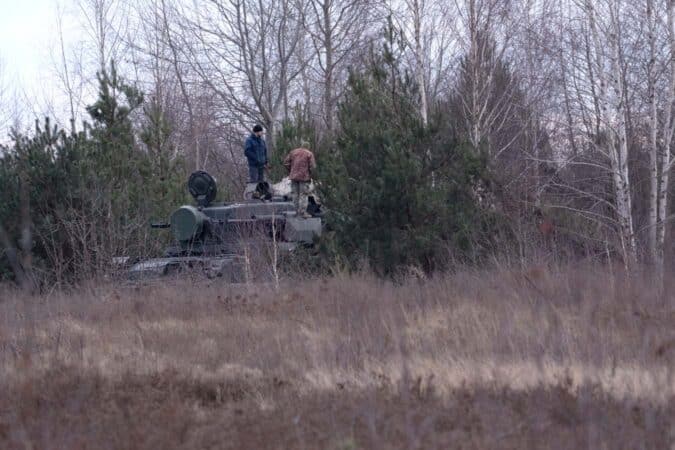
Right now, we have a total of 162 M-SHORAD systems consisting of a gun, missile, and radar package mounted on M1126 Stryker chassis, most of which are in Europe. With a southern U.S. border almost 2,000 miles long, you can imagine the AD gaps that exist. Which leaves us with the current situation, whereby we can shoot $3 million Patriot missiles at $20,000 drones with great success.
The 1970s vintage Gepard self-propelled anti-aircraft gun has proven to be by far the most effective means of countering the Shahed 136 threat in the UA theater, and their performance has been very impressive for a 50-year-old system that everyone thought was obsolete on introduction. Other ideas that are still kicking around include mounting 14.5mm and .50-cal machine guns on pickup trucks that race to the projected drone flight path and open up to try and knock them out of the sky.
We’ve witnessed these in action, and frankly, this is a tough row to hoe. Target ID is very difficult (thermal sights are currently being kludged onto M2s, which increases their performance greatly), and accuracy from hard-mounted HMGs is laughable.
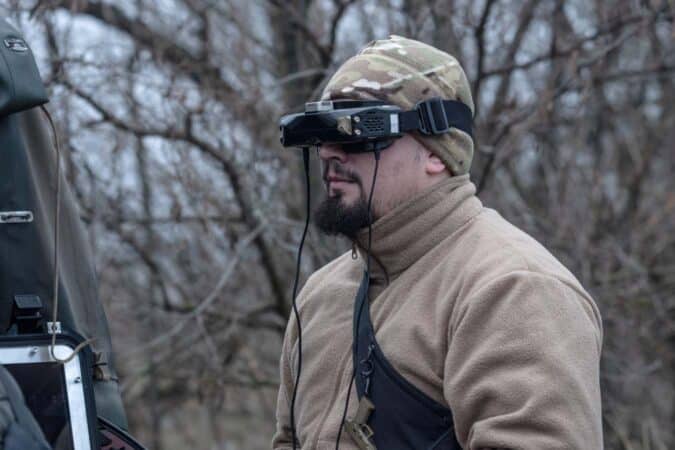
Trump has been quite vocal about his desire for an American version of Israel’s Iron Dome. While the two situations couldn’t be more different, we’re inclined to agree with him on the necessity of protecting the homeland from a threat we’ve yet to face in a meaningful way, but which our potential enemies are no doubt getting better at employing. We hope that in a few years we can look back and go, “Whew, boy did we get that one wrong!” Because getting it right would be the stuff of nightmares.
Read the full article here

